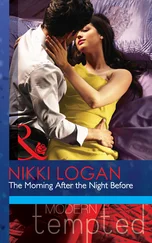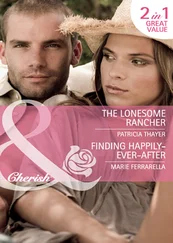That piece, entitled “A Source on Sirica?” consisted of John Dean’s speculation about something the Times had reason to know not to be the case: that my “source” was Dean’s old enemy, and current adversary in an embittered lawsuit, G. Gordon Liddy. What was remarkable, however, was less the content of the piece than the words with which the Times identified its author. The caption, in its entirety, read as follows:
John W. Dean, an investment banker and the author of “Blind Ambition,” was counsel to President Richard M. Nixon.
If this is the way Mr. Dean will enter history, then all the Times pieces in this peculiar episode have value.
That Sunday, April 9, there was the Week in Review section. A single sentence, in an “irritable little book published late last year,” had now become part of the news, perhaps more accurately the meta-news, of that week. The word “evidence” was entirely abandoned, replaced by “proof.” My book had “announced without proof”; “Ms. Adler told a New York Times reporter that she would publish proof when she pleased,” and so on. I had, of course, said nothing of the kind. In repeating what had long been a Times characterization of Judge Sirica as “a scrupulously honest jurist,” the piece surpassed even the op-ed page in the brevity of its identification of John Dean. It described him simply as “former Nixon counsel.” The laconic formulation was apparently designed to lend him credibility, in contrast to G. Gordon Liddy, “whom Judge Sirica sent to prison for his role in Watergate.” Under other circumstances, this might have been simply a howler. (Dean, of course, was also sentenced to prison by Judge Sirica “for his role in Watergate.” One might as readily characterize Liddy as a “former FBI agent and candidate for office in Milbrook, New York”). By now, however, these descriptions of Dean had gone beyond inadequacy. They relied upon and actively perpetuated the ignorance of readers. The Times , for some reason, was publishing disinformation.
I have always read the Times . In a day of perhaps more distinguished and exigent editing, I even worked for it. On the day Ms. Barringer’s piece appeared, I wrote a letter objecting to certain demonstrable errors. I said I hoped Ms. Barringer had made a tape of our conversation, so that my claim of inaccuracies could be verified. No dice. No acknowledgment, even, of the question of a tape. On April 6, I received a phone call from the secretary of the deputy editor of the editorial page. “They have decided not to run your letter,” she said, in a very cheery voice. They have? I said. Did they give any reason? “No. They just asked me to call and tell you they have decided not to run your letter.” April 6 was the day they ran the op-ed piece by John Dean. On April 7, Jared Stern, of the New York Post , ran a piece quoting from my letter — which had been given to him by Blake Fleetwood, a friend of mine and for years a reporter for the Times . A spokesman for the Times told Stern, what was plainly untrue, that my letter was still “being considered for publication.” That very afternoon, an editor called to ask whether I would like to submit another letter.
One of my adventures in this mineshaft had already been to learn that, as a matter of policy, the Times does not publish letters that question, or criticize in any way, the work of its reporters. Any claim of inaccuracy or unfairness must be made to the department of Corrections or the Editor’s Note. In these departments, however, the reporter, in consultation with her editor, decides the issue — which, I suppose, is why the Corrections in particular always seem to consist of rectifications of middle initials, photo captions, and remote dates in history. (In one recent week, the corrections column pointed out that the correct spelling of Secretary of State Madeleine Albright’s “given name” is “Madeleine, not Madeline,” and that the middle name of William D. Fugazy, “the chairman of the National Ethnic Coalition of Organizations,” is “Denis,” “not Dennis.”) There are , as a rule, no genuine corrections. These departments are cosmetic, a pretense that the paper has any interest in whether what it has published is, in some important or for that matter unimportant way, false.
This , I would say, raises issues, fundamentally, of ethics. So does covering up conflicts of interest: unsigned editorials by writers mentioned unfavorably in books the editorials disparage; quotations, without any acknowledgment of conflict, from “sources” whose work, whose very methods, have been attacked by the person under discussion, in the pages of the Times itself. So does the concealment of undeniably relevant information: the fact that Jack Sirica was not just the son of Judge Sirica but a reporter at Newsday , a journalist, a colleague (imagine the Times coming to the defense, against a single passage, of the father of anyone who was not a fellow journalist); even the omission of virtually defining facts about John Dean. And finally, the bullying, the disproportion, in publishing eight disparaging pieces (seven in nonreviewing sections) about what was after all one little book. The Times , clearly, was cross about something. But there are ethical issues, I think, raised even by this sort of piling on.
To turn, then, at last, to Judge Sirica. More than twenty years ago, when I read Sirica’s book, I noticed what seemed to me astonishing discrepancies and revelations. I did some research, gave the matter thought, and decided not to review the book. I was sure newspaper or magazine journalists would pick up these anomalies and write about them. By the time I published my book about The New Yorker , I assumed other journalists had found and written about them. It turned out they had not — had, it seemed, no interest in these matters, apart from the recent questioning of my right to address them, even now.
Contrary to his reputation as a hero, Sirica was in fact a corrupt, incompetent, and dishonest figure, with a close connection to Senator Joseph McCarthy and clear ties to organized crime.
There can scarcely be any question that this sentence is true. One major source for almost every element of my characterization is Sirica’s own story, as told in interviews and in his book. That Sirica had a “close connection to Senator Joseph McCarthy” is not in dispute — although, as far as I know, I was the first reporter to call attention to it. Certainly no major piece, book, newspaper, or magazine article — about Sirica, or the Watergate, or Senator McCarthy for that matter — mentions the connection. Certainly not (until its recent reaction to Jack Sirica’s reaction to my book) The New York Times .
Sirica’s own account of the connection is as follows. In 1952,
While in Chicago, I ran into Senator Joe McCarthy. We had been friends for several years, double-dating once in a while and going to the racetrack together from time to time. I liked Joe a lot in those days….
Then in 1953, Joe McCarthy offered me the job of chief counsel to his Senate subcommittee which was investigating Communist influence in government.
I must say that I found the offer very attractive … I wasn’t especially excited by McCarthy’s charges about Communist infiltration, but it seemed to me at the time to be an important matter that needed further examination. By the time McCarthy made his offer, I had moved over to Hogan & Hartson and was finally earning a decent living. But I was still intrigued by his proposal.
Lucy [Sirica’s wife, whom he had married the year before, at the age of forty-seven] … was strongly opposed, feeling that since I was now a partner in a good firm, I would be foolish to leave. Joe stopped by our apartment one evening and I told him I felt I had better stay where I was. He agreed that it would be a mistake to leave a good firm like Hogan & Hartson. He told me that since I wasn’t going to take the job, he was probably going to hire a young New York lawyer named Roy Cohn…. I would never have become a federal judge if I had taken that job with Joe McCarthy. I’m sure, looking back, that had I been single, I would have done so. Thank God for Lucy Camalier Sirica.
Читать дальше
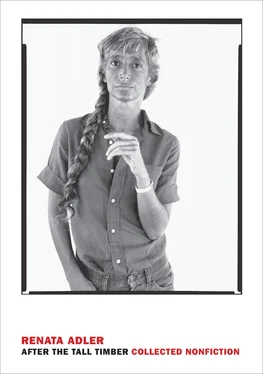
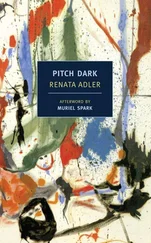


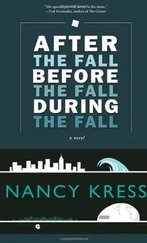
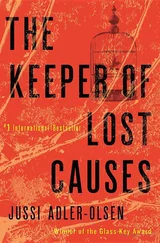
![Джеффри Арчер - The Short, the Long and the Tall [С иллюстрациями]](/books/388600/dzheffri-archer-the-short-the-long-and-the-tall-s-thumb.webp)
